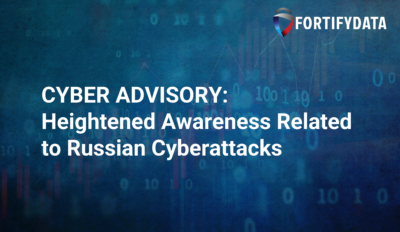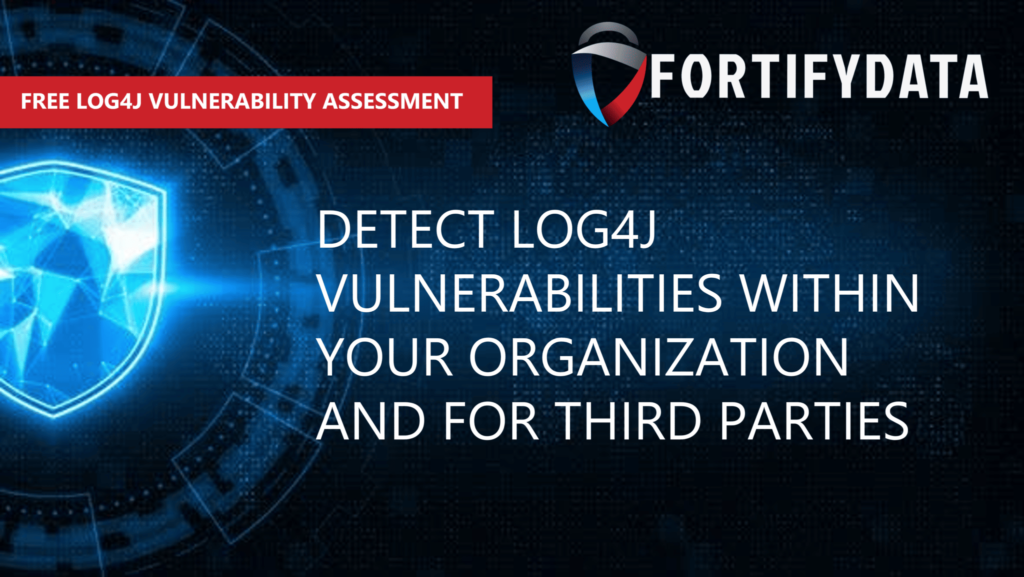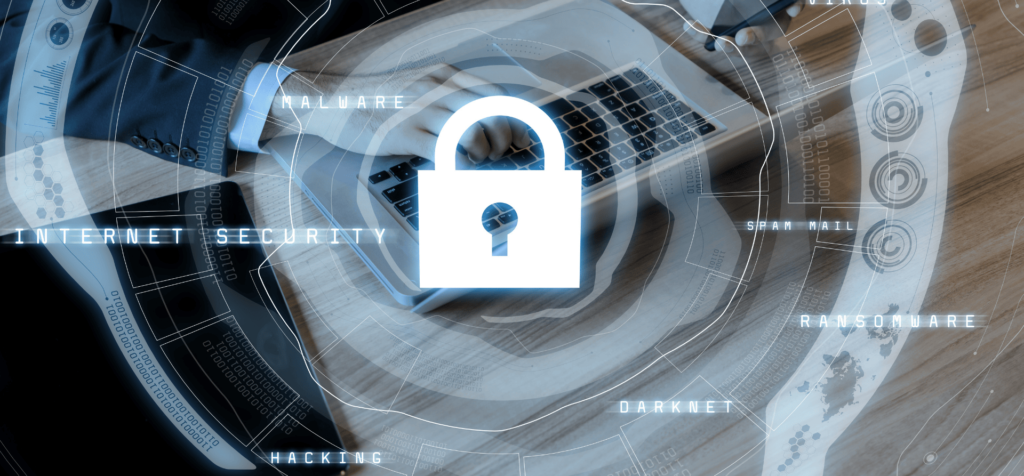Finding and Managing the Cyber Risk in the Higher Education Third-Party Ecosystem

In this blog post, we will explore how to higher ed institutions can automate Cyber Risk Management.
4 Steps to Attack Surface Management

Attack surface management can help your organization more effectively manage and prioritize vulnerabilities.
In third-party cyber risk management – ratings don’t work and questionnaires don’t work.

Move to threat exposure management with auto-validated questionnaires.
APT Group Targeting Higher Education

Trending APT group Mustang Panda targeting higher education, highlight the CVEs that group is targeting, and the malware or threats.
Cyber Advisory: Heightened Awareness Related to Russian Cyberattacks

As the Russian invasion of Ukraine progresses, having a heightened awareness for the potential cyber activities associated to the spillover of Russian cyberattacks is necessary.
How Integrated Cyber Risk Management Helps Your Organization

In today’s world, organizations need to have accurate and complete visibility into their entire asset inventory, associated vulnerabilities, and threat landscape, including third-party risks, to understand their complete risk exposure levels to develop a plan for improved cyber risk management outcomes. The problem is, there are a lot of risk management solutions that claim to […]
How to Identify and Mitigate Risks Associated with Log4j Vulnerability

The Log4j vulnerability allows remote attackers to run arbitrary code on any application that uses Log4j. Here’s how to mitigate the risk.
5 Ways to Protect Your Company Against Ransomware

It is critical that organizations prioritize defending their networks against ransomware attacks. Find out how.
Cybersecurity Risk Assessment Basics

About the Author: Anthony Ortega has more than 20 years of experience in cybersecurity, configuration management, systems engineering, and project management. He is currently nearing completion of his doctor of management in information systems technology degree.
Selecting a Third-Party Risk Management System That Fits Your Business

Selecting a third-party vendor risk management system is essential in today’s market. Learn why and how to do it.
